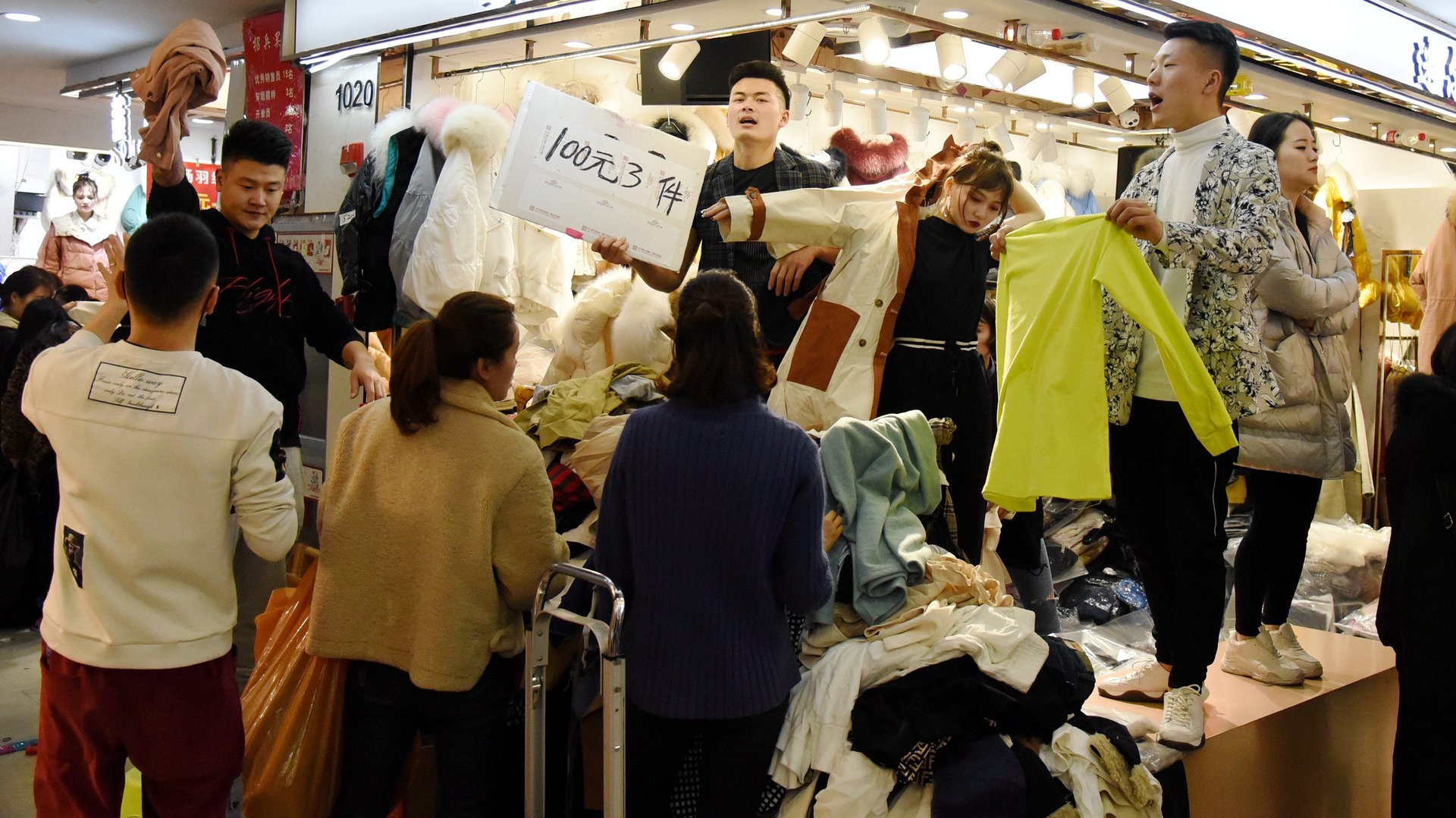A Chinese province wants to give college students $1.4 billion in loans—for pocket money
China’s in the midst of a transformation from an export-driven economy of frugal savers to one fueled by a billion-plus spenders. But the way one Chinese province is trying to support that habit should set off alarms.


China’s in the midst of a transformation from an export-driven economy of frugal savers to one fueled by a billion-plus spenders. But the way one Chinese province is trying to support that habit should set off alarms.
The banking regulator of central Hubei province announced earlier this month that it plans to help the province’s university students get access to credit of 8 billion to 10 billion yuan ($1.1 billion to $1.4 billion), or about 5,000 yuan ($700) per student, in a bid to replace the illegal campus loans that have surfaced in recent years. The announcement from the Hubei Banking and Insurance Regulatory Commission did not specify which institutions would do the lending, but said it would “actively seek collaboration with local banking institutions” (link in Chinese) to offer such services, according to a notice published by the Hubei government on Sept. 12.
The announcement comes as China faces slowing economic growth and concerns about flagging consumption in the face of higher food prices and a trade war with the US. While China has taken measures in recent months to encourage spending, including tax cuts, directly lending to spur consumption mimics business practices Beijing has been cracking down on recent years as spending among young people has risen.
A growing demand for consumer loans has spurred the rise of unsavory peer-to-peer lenders, many of them targeting young students. In recent years, a series of reports emerged about loan sharks who forced female students to send nude selfies as collateral. In other cases, students committed suicide after borrowing at predatory interest rates of more than 1,000% (link in Chinese) a year, according to Chinese news outlet Nanfang Daily.
The Wall Street Journal reported that short-term consumer loans now make up nearly 20% of China’s rising household debt (paywall), from being a negligible share a decade ago, while the country’s consumer debt-to-income ratio rose from 30% in 2008 to 92% last year, according to the Institute of International Finance, a global association of financial institutions.
Beijing calls such problematic lending practices “Trick loans,” or tao lu dai, and has been going after micro-lenders and peer-to-peer lending sites in recent years, forcing many to close. The government said in February it had shut down (link in Chinese) over 1,664 consumer lending firms whose transactions had reached over 3.5 billion yuan. The Hubei regulator emphasized in its notice that the move is aimed at protecting students from “cancerous online lending firms.”
But despite the good intentions, many criticized the move on Chinese social media for merely encouraging debt-fueled spending.
“Students don’t even have stable income, why would the government want to extend credit to them?” one user asked on China’s Weibo platform.
Another, commenting in the same thread, pointed out, “Eventually their parents will have to repay the money for them! The government has lost [sight of] its bottom line because it’s so eager to spur consumption.”